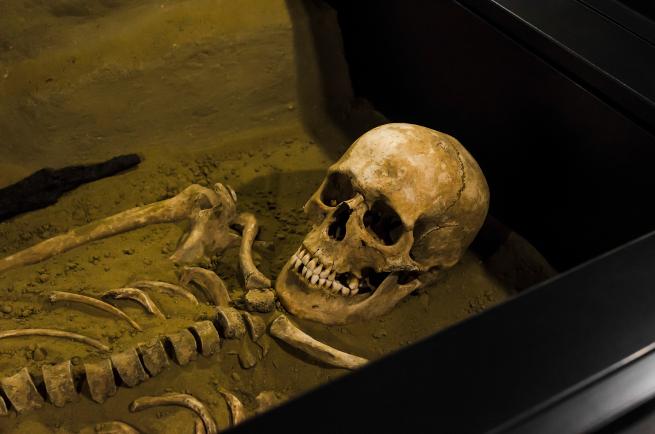Science: 'Killer 1918 flu didn’t pick on the healthy, after all', researchers claim. Professor and epidemiologist Lone Simonsen is not convinced

This article is originally featured in Science. Read the full article here.
"Influenza tore through the world’s population in 1918 and 1919, killing up to 50 million people. One counterintuitive feature of this pandemic has puzzled researchers ever since. According to contemporary accounts and later demographic studies, a disproportionately large number of young, healthy individuals died. A new analysis of skeletons from the time challenges this notion, suggesting that people who were already frail were the most likely to succumb, as is true for most pandemics."
Togehter with anthropologist at Colorado University, Sharon White, anthropologist Amanda Wissler of McMaster University have analyzed the skeletons of 81 people who died in Cleveland, Ohio, between September 1918, and March 1919.
"[Wissler] and DeWitte determined that before the flu pandemic, frail people were more likely to die than healthier people, which is no surprise. Individuals with active lesions only lived to a median age of 39, whereas people with healed lesions survived to age 45. But contrary to conventional wisdom about the pandemic, unhealthy people remained the most vulnerable as the flu swept through the city.
Not everyone is convinced. Epidemiologist Lone Simonsen of Roskilde University argues if frailty was a major risk factor during the flu pandemic, mortality would also have shot up among the elderly—which didn’t happen. “We don’t see deaths in the groups where frailty is more common.”"
This article is originally featured in Science. Read the full article here.